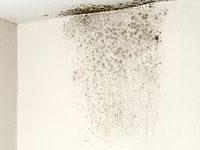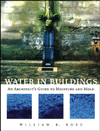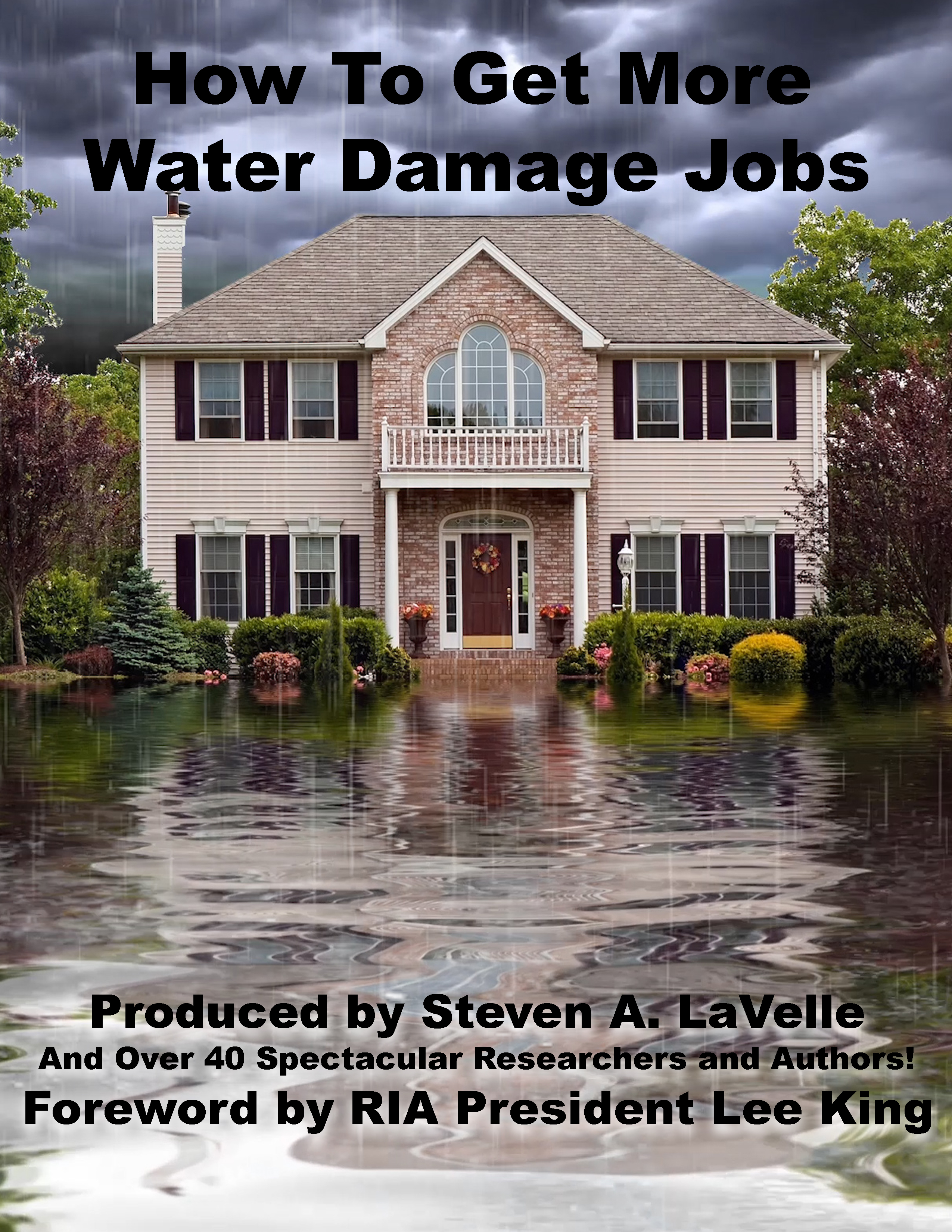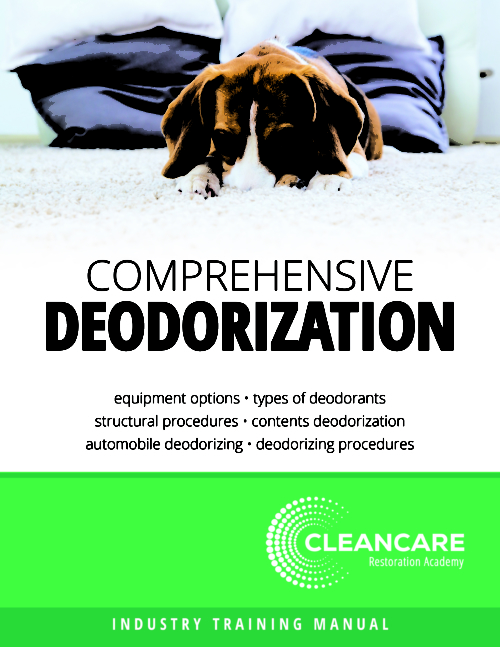Mold Remediation in a Warming World: How Climate Change Is Reshaping Restoration

Credit: coffeekai / iStock via Getty Images Plus
Climate change is reshaping the landscape of property restoration, and mold remediation is at the forefront of this shift. With rising global temperatures, increased humidity and extreme weather events occurring more frequently, the environmental conditions that promote mold growth are becoming more persistent and widespread. Restoration professionals are facing an unprecedented challenge as mold-related cases surge due to prolonged damp conditions, flooding and fluctuating temperatures that create ideal breeding grounds for mold.
Climate-Driven Mold Challenges
Mold thrives in warm, humid environments, conditions becoming more prevalent due to climate change. Several climate-driven factors are exacerbating mold issues:
-
More Frequent and Intense Storms: Increased occurrences of severe weather events, including hurricanes and heavy rainfall, are leaving properties more vulnerable to mold growth.
-
Rising Humidity Levels: Higher average temperatures contribute to increased humidity, causing buildings’ moisture defenses like the HVAC system and proper ventilation to work on overdrive. If a building lacks proper ventilation or HVAC system, the higher humidity outside can create increased mold issues.
- Unpredictable Weather Patterns: Temperature fluctuations can lead to unexpected condensation inside buildings, increasing mold risk even in areas previously considered low-risk.
Innovations in Mold Remediation Techniques
In response to these changing conditions, restoration professionals are adopting innovative methods and technologies to effectively manage mold remediation:
-
Advanced Remediation Solutions: Industry professionals are increasingly using botanical-based antimicrobial products that offer sustainable and effective mold treatment alternatives.
- Enhanced Smart Monitoring Systems: IoT sensors and smart monitoring systems allow for the early detection of moisture, facilitating prompt intervention and minimizing mold risks.
Regulatory developments are also influencing mold remediation practices:
-
Greater Public Awareness of Indoor Air Quality: Public awareness regarding the health impacts of poor indoor air quality has grown significantly, leading property owners to proactively seek professional mold remediation services.
-
Updated Licensing and Certification Requirements: Many local governments have updated mold remediation licensing to ensure industry professionals meet rigorous safety and effectiveness standards.
- Improved Building Codes for Moisture Management: Strengthened building regulations now mandate better ventilation and moisture-resistant materials to proactively reduce the risk of mold growth.
The Year-Round Battle Against Mold
The evolving climate scenario underscores the importance of adaptability and continuous innovation within the restoration industry. Mold remediation professionals must stay informed of new developments, apply cutting-edge technologies, comply with updated standards and educate property owners on preventive measures.
As climate change continues to impact the restoration industry, we remain committed to staying ahead of the curve, ensuring that mold remediation efforts are effective, sustainable and compliant with evolving standards.
Looking for a reprint of this article?
From high-res PDFs to custom plaques, order your copy today!









